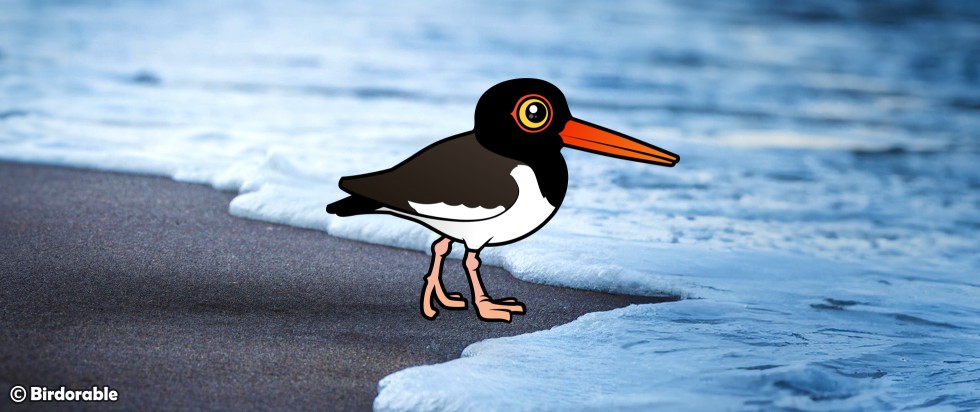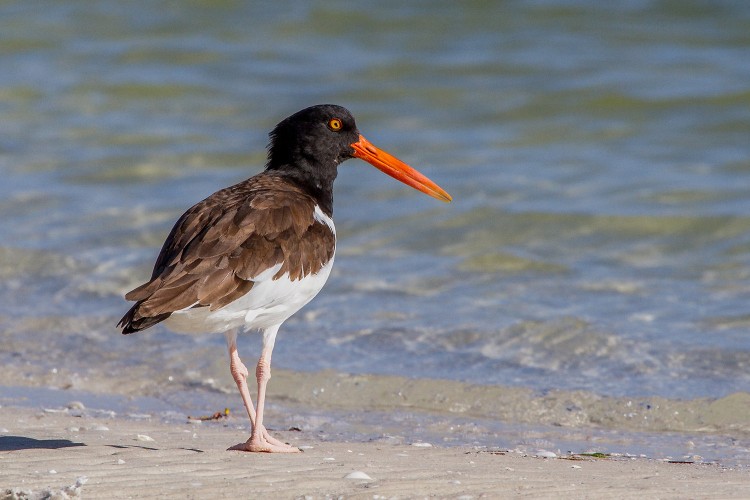From Coast to Cute: The American Oystercatcher at Birdorable

Birdorable is thrilled to introduce a new member to its adorable avian assembly: the American Oystercatcher. Sporting a distinctive black and white plumage that easily catches the eye, this unique bird wields a long, thick orange beak, a tool perfectly suited to its seaside lifestyle. The American Oystercatcher's impressive beak isn't just for show; it plays a crucial role in the bird's survival, serving as a natural utensil to skillfully pry open molluscs, its preferred meal. This dietary habit underscores the bird's strong connection to its coastal habitat, where it forages along the shores, adding a dash of color to the landscape with its vivid beak and contrasting plumage.
Found primarily along the Atlantic coast of North America, the American Oystercatcher's range extends from the rocky shores of New England down to the sandy beaches of northern Florida. It also graces the Gulf coast, where its presence is a treat for birdwatchers and nature lovers alike. The bird's habitat choice reflects its need for accessible food sources and suitable nesting grounds, which the coastal environments abundantly provide.
The American Oystercatcher shares many similarities with its counterpart, the Eurasian Oystercatcher, which is widely distributed across Europe and Asia. Despite the geographical distance between them, both species exhibit remarkable adaptability to their respective coastal habitats, showcasing the incredible diversity within the oystercatcher family. This similarity also highlights the universal appeal of these birds among birding communities around the globe, bridging continents with their shared characteristics.

American Oystercatcher by Andy Morffew (CC BY 2.0 DEED)
The American Oystercatcher, with its bold colors and distinctive lifestyle, is a perfect example of the wonders that await discovery in the great outdoors. So, the next time you're near the coast, keep an eye out for this remarkable bird and remember the cute and educational resources available at Birdorable.com, where every bird is made adorable.






Comments
Leave a comment
Thank you!